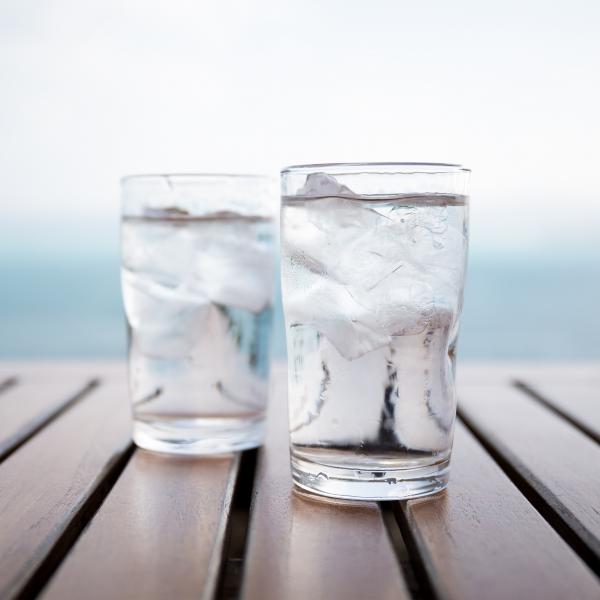
Have you ever been sitting around and suddenly felt hungry? You pull out some snacks and munch away only to realize you’re still hungry just 10 minutes later. How is that possible? You just ate. You should be good to go a little while longer, right?
The truth is that you probably weren’t hungry at all. You were thirsty.
Our hypothalamus controls physiological functions such as hunger, thirst, body temperature, and sleep and as we get older, our bodies have trouble interpreting the difference between thirst and hunger. This can lead to overeating and weight gain; neither of which we want. So what are the signs that make up both hunger and thirst?
- Hunger – The main thing to remember about hunger is that it comes on gradually, not suddenly. Having a rumbling stomach and/or feeling weak or moody are all signs that we’re hungry.
- Thirst – The best way to tell if we need more fluid is by looking at the color of our urine; the darker yellow it is, the more fluid we need. Other symptoms include dry skin, feeling weak or sluggish, and dry mouth.
While knowing the signs of each is a helpful way to determine which of the two we may be experiencing, some of the signs may overlap and still leave us confused. So, how can we avoid this?
- Drink the Recommended Amount of Water – We’ve heard the 8x8 rule – drink eight, eight ounce glasses of water each day – but this rule doesn’t account for gender, height, weight, or activity level and assumes that everyone is the same. One of the easiest ways to determine how much water we need is to take our weight and multiply by 2/3. This calculates the amount of water in ounces we should drink each day. For example, if someone weighs 132 pounds, they would need about 88 ounces of water each day (that’s 3 more cups than what the 8x8 rule would recommend!).
- Drink before Snacking – If you suddenly feel hungry, drink an eight ounce glass of water and wait for 15 minutes. If you still feel hungry, you really do need food.
- Keep Track of Water Intake – There are many apps available to track the amount of water we’ve consumed throughout the day and even remind us when we should drink more water. If it’s midafternoon and we’re starting to feel hungry, we should check how much water we’ve consumed; if we’ve only had 16 ounces of water, we’re probably thirsty, not hungry.
